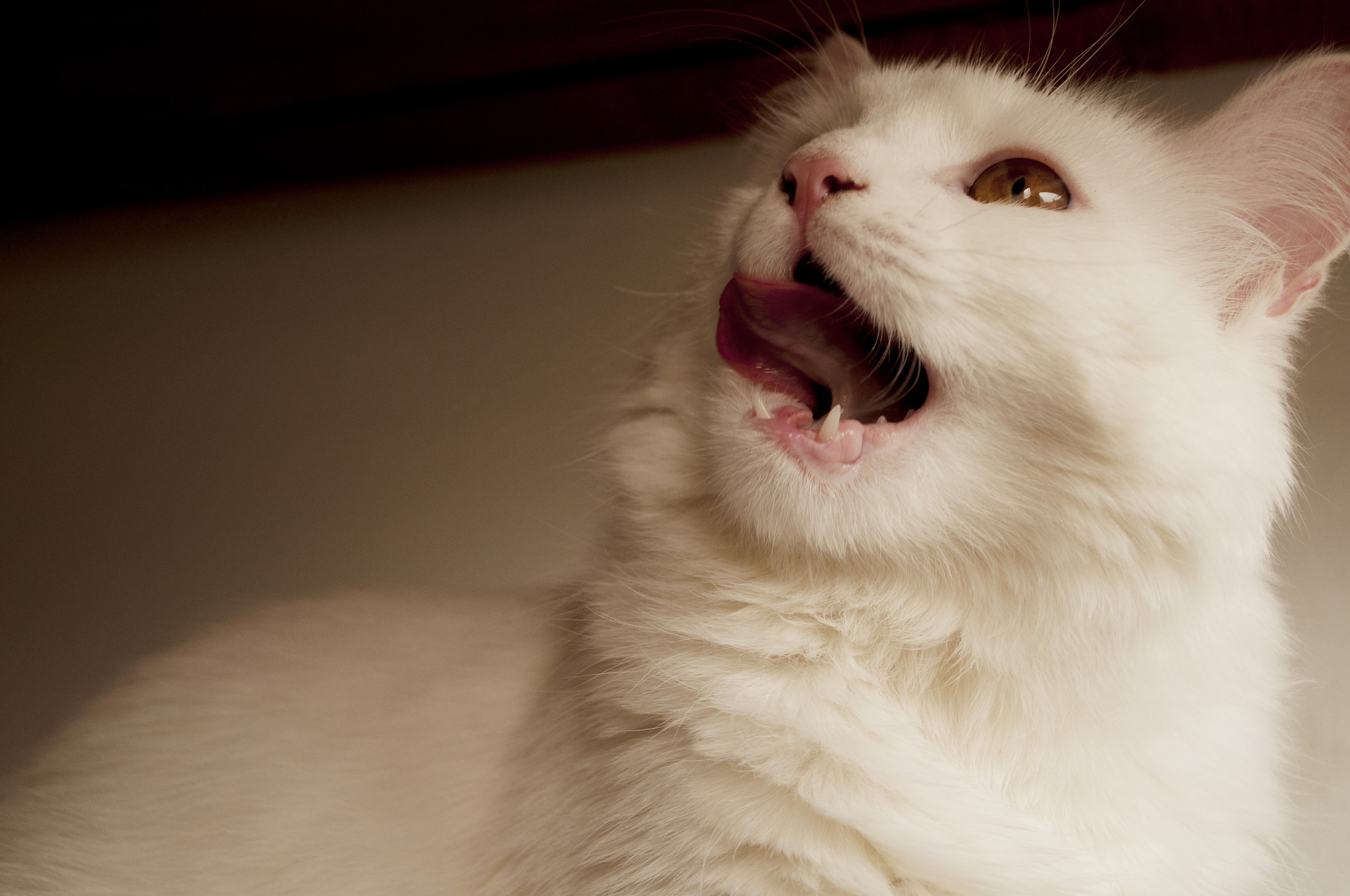melanoma in cats mouth
A cats mouth similar to our own is made up of several different cell types. Carcinomas can occur in any part of the body including the mouth.

Mouth Cancer Gingiva Squamous Cell Carcinoma In Cats Petmd
If your cat is suffering from oral squamous cell carcinoma you will notice a mass in your cats mouth.

. In the case of. The most common oral cancer in the cat by far is squamous cell carcinoma. Bloody nose Mouth pain Halitosis bad breath Weight loss Facial swelling Dropping food during a meal Increased salivation Bleeding.
Loose teeth can also be a symptom of oral cancer in the cat. Oral squamous cell carcinoma is cancer of the lining of the oral cavity including the gingiva gums tongue palate and tonsils. Melanoma has been induced in cats who were experimentally injected with a strain of feline sarcoma virus.
Most cats and dogs with oral cancer have a mass in the mouth noticed by the owner but tumors are rarely seen by the owners in the pharynx. Carcinoma is a type of tissue cancer that is particularly virulent metastasizing quickly through the body often with fatal results. Although not all cancers are fatal if they are not detected early and.
Common melanoma sites include the head eyes eyelids oral cavity and toes. Timothy Fan and Alycen Lundberg and co-investigator Prof. How do you know for sure your cat has malignant melanoma.
Oral melanomas are locally. There are three other types of cancers of the mouth including fibrosarcoma lymphoma and malignant melanoma. Cancer of the mouth can affect the tongue or the throat and move to other areas of the body.
It is the most common oral cancer in cats. What are the symptoms. Not all of these tumors are cancerous.
A squamous cell carcinoma is the most common cause of cat mouth cancer. What are the symptoms of oral tumors in cats and dogs. With oral cancer in cats if a tumor can be seen within the mouth the cancer has likely already affected the surrounding areas and is more advanced than it may look.
A malignant melanoma tumor tends to grow rapidly and may spread rapidly to other parts of the body such as the lymph nodes liver or lungs. Surpassed in frequency of occurrence only by lymphoma skin cancer and mammary cancer oral cavity cancer accounts for about 15 percent to 20 percent of feline malignancies seen each year at the Cornell University Hospital for Animals. Owners may notice a mass in the cats mouth.
Only a tiny part of the tumor growth is. Melanocytic tumors which are the third most common oral tumors in cats arise from a local invasion by neoplastic menlanocytic cells melanin-producing cells to the gingival surface. For instance tumors in the mouth may result in bleeding drooling bad breath or difficultly eatingswallowing while intraocular tumors can cause abnormal pupil size pain and ultimately vision problems.
Paul Hergenrother examines a new treatment approach for feline oral squamous cell carcinoma the most common mouth cancer in cats. Tumors are locally invasive and can extend into the bones of the upper or lower jaw. Aggressive and also have a high likelihood 80 of metastasis spread to other.
Of five cats with cutaneous melanoma one was killed with metastasis at 90 days. Oral melanoma cancer in cats and dogs. If surgery is not an option or the entire tumor cannot be removed the pet may be a good.
In many cases surgery can be performed to remove the tumor if possible. Common in cats cancers of the mouth are often associated with tumors that develop in the teeth bones or soft tissue. The rate of metastasis at the time of diagnosis is low.
Treatment Options for Cats with Mouth Tumors Oral Surgery. In addition to declining appetiteespecially for hard foodthe signs that an oral cavity tumor is present may include drooling difficulty in. Approximately 70 of oral tumors in cats are squamous cell carcinomas.
Four cats with oral melanoma were killed at a mean of 61 days. There may be a genetic predisposition to malignant melanoma. There are several different types of tumors that can develop in the mouth of a cat.
The cancer can be extremely invasive growing quickly in the tissues of the mouth with the visible part of the tumour just being a tiny part of the whole growth thats hidden beneath. It is a form of cancer that develops in the cells that produce the cats mouth and throat lining including tongue cheeks gums and tonsils. Oral tumors can be extremely debilitating and painful disease for cats often resulting in death.
Surgery requires that margins. Of the several types of cancerous oral growths that a cat can be affected by a squamous cell carcinoma is the most common one. Tumors that occur in the back of the mouth or underon the tongue are rarely seen until signs of drooling weight loss halitosis bad breath difficulty eating and bloody discharge from the mouth are noted.
Melanoma is 11-12 years 8-10 years for squamous cell carcinoma and 7-9 years for fibrosarcoma. The devastating disease generally occurs in middle-aged or older felines but it can affect cats as young as 6 months of age. Most pet owners realize their cat has developed a health problem after noticing some or all of the following symptoms.
The most common location for oral melanoma is the gum gingiva or the buccal mucosa inside of the cheek but other. In this section we will be specifically talking about oral squamous cell carcinoma in cats. Ocular melanomas are more common than skin or oral melanomas and are more likely to be malignant.
Locations have been reported such as the inner lining of the lips palate and tongue. Three cats were alive without evidence of recurrence or metastasis greater than 365 days after surgery. Oral masses in cats may be caused by inflammation infection or even trauma.
All of which can become cancerous eg skin cells bone cells fibrous cells. An oral tumor is an abnormal growth of cells. As always anything that concerns you should be checked by your veterinarian.
This includes the gums cheeks tongue and tonsils. Unfortunately the life expectancy of cats diagnosed with mouth cancer is often low from a couple months to 1 year depending on the location and severity of the cancer. Metastasis occurred in 63 of cats with intraocular melanoma and all cats with palpebral melanoma.
The cancerous cells grow quickly in the mouth tissues. Some tumors may grow slowly and do not typically spread called benign while others will act aggressively called malignant. Hence early detection of any suspicious lumps and prompt treatment is key to improving the cats chances of survival.
Squamous cell carcinoma is an aggressive cancer in the cat and is often not diagnosed until the tumor is advanced. The University of Illinois is one of four research institutions that received a Morris Animal Foundation feline research grant in 2017The Illinois project led by Drs. Malignant melanoma is an aggressive form of cancer most likely to affect the skin eyes or mouth of cats.
This nasty disease is a cancer that rears its ugly head in the cells that produce the lining of a cats mouth and throat. These tumors are usually raised irregular ulcerated have a dead surface and. Oral Squamous Cell Carcinoma in Cats Squamous cell carcinoma SCC is the most common oral malignancy in the cat arising from either the jaw bones or the tongue.
Squamous cell carcinoma SCC is the most common oral malignancy in cats occurring usually around the jaw bones or the tongue of the cat.
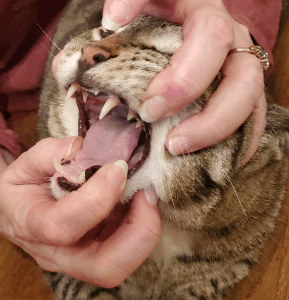
Oral Squamous Cell Carcinoma In Cats Veterinary Partner Vin
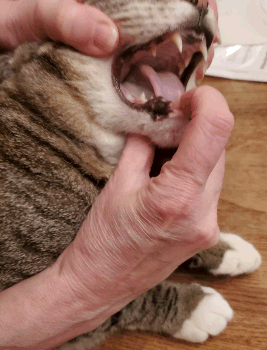
Oral Squamous Cell Carcinoma In Cats Veterinary Partner Vin
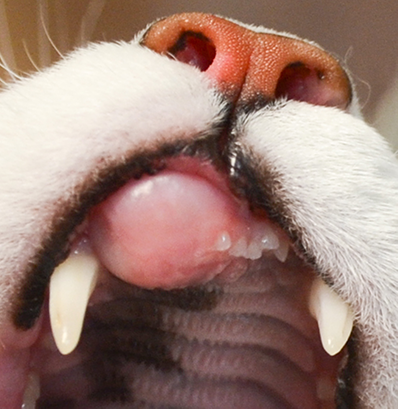
Oral Tumors In Cats An Overview Vca Animal Hospitals

Mouth Cancer In Cats Causes Symptoms Treatment All About Cats

Oral Tumors In Cats Centennial Animal Hospital
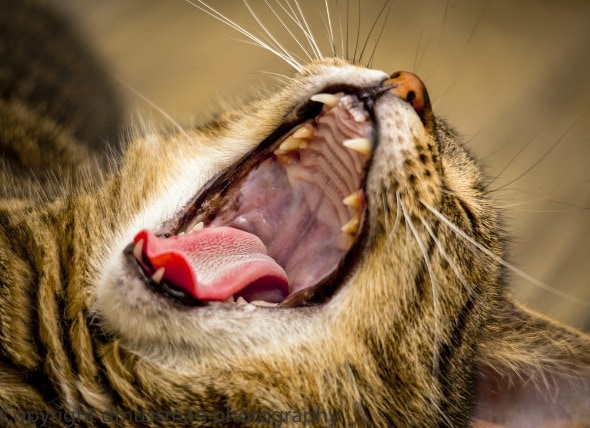
Mouth Cancer Melanocytic In Cats Petmd

Oral Squamous Cell Carcinoma In Cats An Overview Vet In Aurora The Animal Dental Clinic

What Causes Oral Cancer In Cats And What Tests You Need To Know About Vlog 125 Youtube
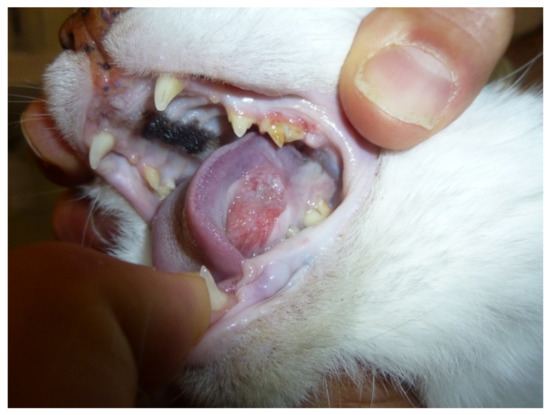
Biology Free Full Text Companion Animal Model In Translational Oncology Feline Oral Squamous Cell Carcinoma And Canine Oral Melanoma Html
What Is Our Current Progress On The Fight Against Oral Squamous Cell Carcinoma R Askvet

Common Oral Tumors In Cats And Dogs Vet In Aurora The Animal Dental Clinic

Diagnosis And Treatment Of A Feline Oral Mast Cell Tumor Sciencedirect

Mouth Cancer In Cats Symptoms Causes Diagnosis Treatment Recovery Management Cost
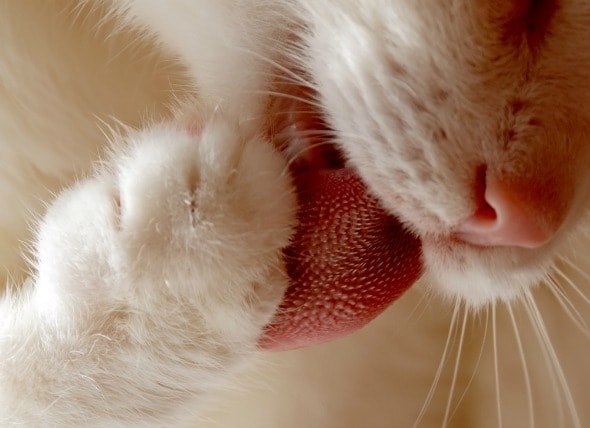
Tongue Cancer Squamous Cell Carcinoma In Cats Petmd

Oral Cavity Diseases Catwatch Newsletter

Mouth Cancer Melanocytic In Cats Petmd

Squamous Cell Carcinoma In A Cat S Mouth Pictures Symptoms And Treatment
